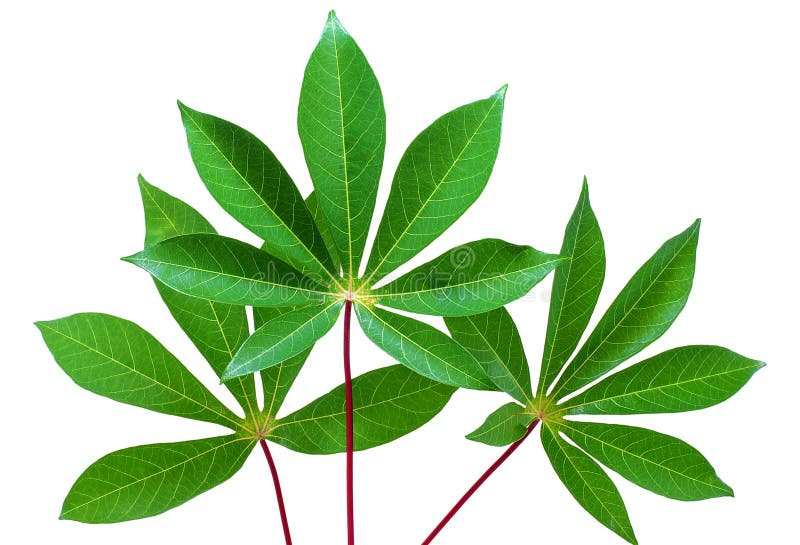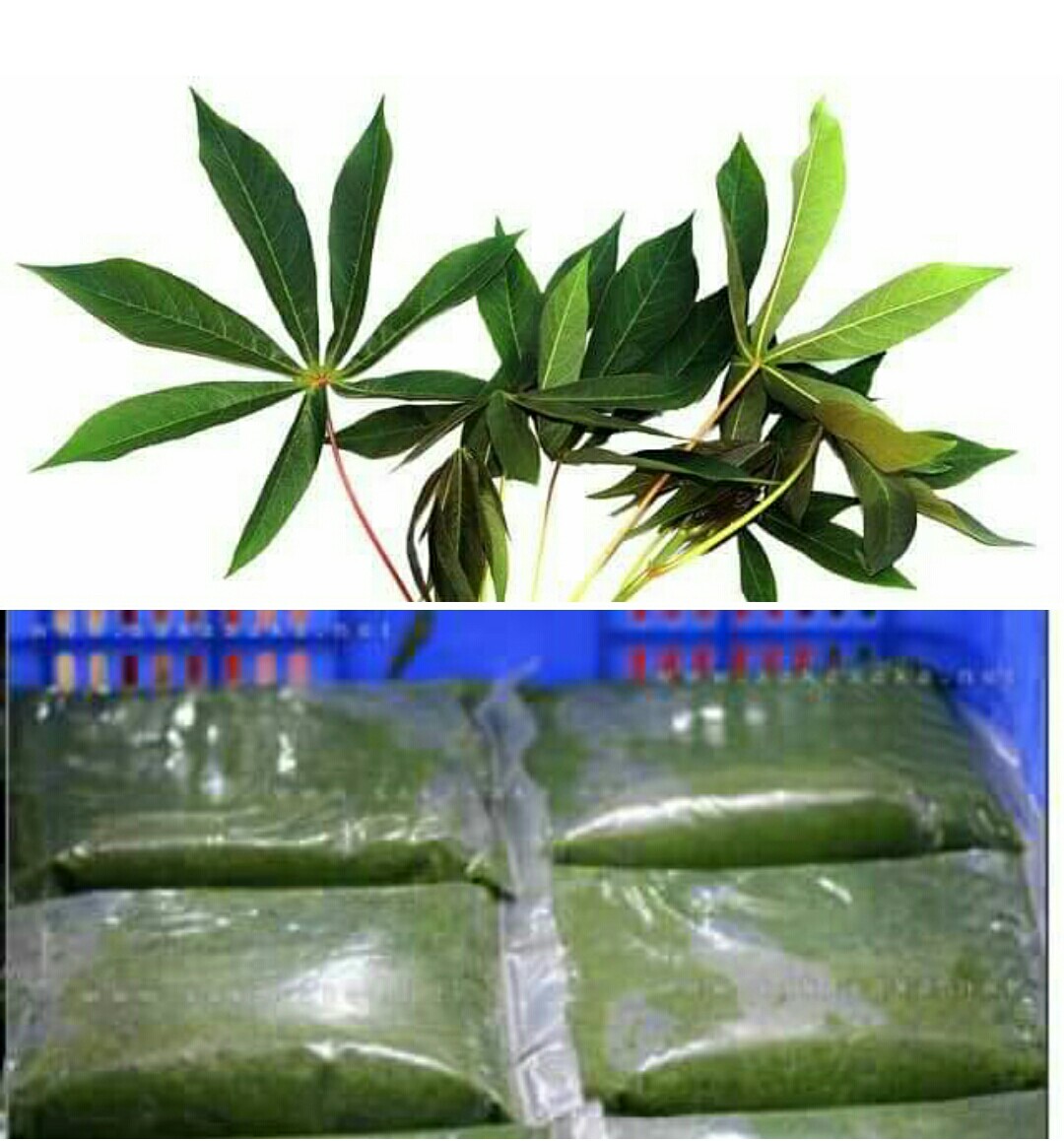



An inverse relationship was observed whereby the more leaves were produced the less the root yield between. Ratooning method of cassava leaf harvesting produced the highest leaf biomass of about 25.0 tons fresh weight per hectare followed by de-topping (22 tons/ha) and control (9.0 ton/ha). However, the presence of antinutrients and cyanogenic glucosides are the major drawbacks in. Results indicated that leaf harvesting regardless of type of method used reduced cassava root yield, size, and dry matter content significantly (P<0.001). Cassava leaves are a rich source of protein, minerals, and vitamins. The content of various proteins and essential amino acids in cassava leaves helps to contribute useful energy for the body. Its is urgent to build body’s cells that will form the enzymes that help the body’s metabolism. Two fertilizer levels were used of which 92kg N per hectare were applied to some treatments and zero N to the others. Cassava leaves are a great source of protein, the vegetable contains vitamin B. Leaves were harvested using two methods of de-topping and ratooning while the leaves from the control were harvested at root harvest. The experiment was laid out in a 2 x 3 x 2 factorial design in randomized complete block design replicated three times. The dataset includes images taken under field conditions (some of which are shown in Figure 7). Two cassava varieties were used which included Mbundumali, a sweet variety with low potential for cyanogenic glucosides and widely grown by farmers and Silira (TMS 60142B) an improved variety which is bitter, originated from IITA in tissue culture form and has high potential for cyanogenic glucosides. It can better reflect the characteristics and symptoms of healthy cassava leaves and diseased cassava leaves in natural environment, and it also represents the real and low diagnostic format that farmers need in real life. A study was conducted at Chitedze Research Station, Malawi, to determine the effects of leaf harvesting on root yield and quality from 2003/04 to 2005/06 season. Cassava leaves are increasingly becoming an important source of nutrition for both human beings and livestock.


 0 kommentar(er)
0 kommentar(er)
